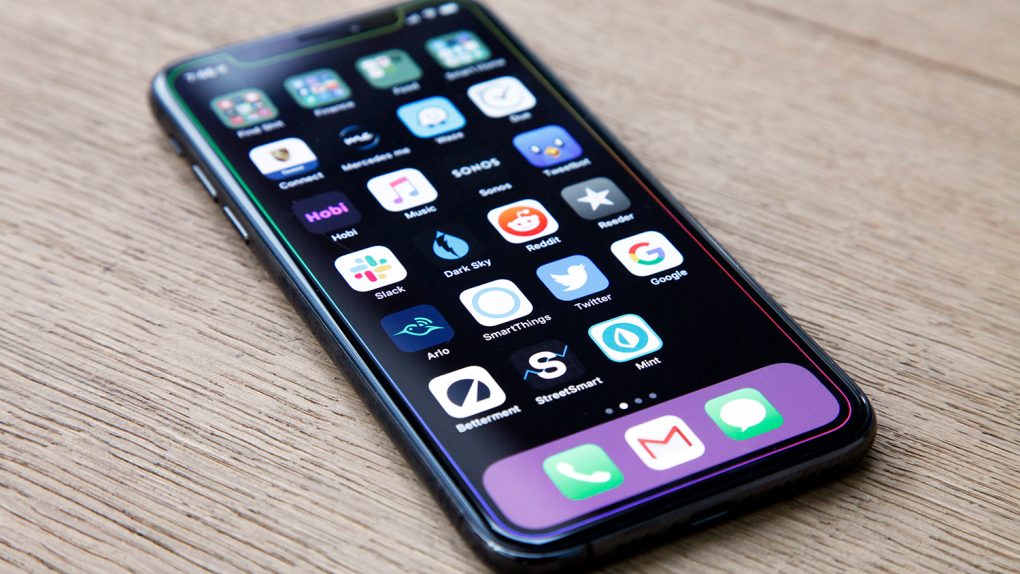The latest whispers in the tech community suggest that Apple’s upcoming iOS 19 may not be as universally compatible as its predecessor, raising questions among loyal users about whether it’s time for an upgrade.
According to emerging reports, the new operating system could drop support for three iPhone models and potentially leave some older iPads out in the cold. This revelation has sparked a flurry of discussion among enthusiasts and experts alike, as the much-anticipated update promises an exciting new design paired with cutting-edge features.
As rumors continue to swirl, insiders claim that while iOS 19 introduces a slew of improvements—from refined aesthetics to enhanced security protocols—not all devices currently running iOS 18 will be eligible for the upgrade. For many, this could mean that a cherished device might soon be deemed obsolete, propelling a wave of upgrades that could redefine the user landscape.
What’s Fueling the Speculation?
The rumors originate from multiple unverified leaks circulating on social media and tech forums, where details about iOS 19’s system requirements have been a hot topic. The buzz is that Apple is streamlining its software ecosystem, which is not uncommon as newer operating systems typically focus on optimizing performance for more recent hardware.
Sources claim that by dropping support for three older iPhone models, Apple intends to boost overall efficiency and offer a more robust user experience for devices that can handle the new features.
This move is seen by many as a natural progression in the evolution of mobile technology. As hardware capabilities continue to advance, software updates increasingly require more processing power, enhanced graphics, and improved battery management.
In this context, Apple’s decision—if confirmed—could be part of a broader strategy to future-proof its operating system and deliver a consistently smooth performance across all supported devices.

The Impact on iPhone Users
For users sporting one of the potentially unsupported models, this development might signal the need for an upgrade sooner than anticipated. The anticipation around iOS 19 is not solely about new design elements; it’s also about improved user functionality, streamlined apps, and enhanced privacy and security features that are hard to ignore.
However, if your device falls into the category of those being phased out, you might be faced with the dilemma of missing out on these advancements.
Tech analysts suggest that while the exclusion of a few models might cause short-term frustration, it is ultimately aimed at creating a more cohesive and powerful software environment. This could result in fewer glitches, better multitasking abilities, and a more responsive interface—benefits that resonate strongly with both casual users and power users who rely heavily on their devices for daily tasks.
What About iPads?
Interestingly, some reports hint that the ripple effect of these changes might extend beyond iPhones. There is growing speculation that select iPad models, particularly older versions, might also be unable to support iOS 19’s latest features.
While Apple has traditionally provided extended support for its iPads, the pressure to integrate advanced functionalities may force a similar selective approach as seen with the iPhone lineup.
For iPad users, this could translate to a challenging decision: maintain an older device with diminishing software support or invest in a newer model to ensure access to the full spectrum of innovative features that Apple is rolling out.
This scenario is reminiscent of past transitions, where the tech giant has strategically decided to focus its resources on modern hardware to streamline the user experience.
Navigating the Upgrade Decision
As the tech world awaits official confirmation from Apple, the debate over whether to upgrade your device has taken center stage.
If you are among those holding one of the rumored unsupported models, the decision becomes a balancing act between financial investment and the desire to enjoy the latest technological advancements. Upgrading not only means access to improved functionality and design but also future-proofs your device in an ecosystem that is rapidly evolving.
Conversely, those with newer models might breathe a sigh of relief, knowing that their devices will likely continue to receive software updates and support. In a market where technology moves at breakneck speed, understanding where your device stands in relation to upcoming updates is essential for making an informed purchase or upgrade decision.
The Broader Implications for Apple’s Ecosystem
Apple’s potential move to limit support for older devices with iOS 19 can be seen as a strategic decision to align its hardware and software more closely. By narrowing the range of compatible devices, Apple could reduce fragmentation, optimize performance, and ensure that new features are executed flawlessly.
This transition is not without precedent; previous iterations of iOS have seen similar limitations as newer functionalities demand more sophisticated hardware.
For the broader tech community, these changes serve as a reminder of the dynamic nature of mobile technology. While the allure of new features and a revamped design is enticing, users must weigh the benefits of staying current against the practical realities of their existing device’s capabilities.
What to Expect Moving Forward
While the full details remain under wraps until Apple’s official announcement, the prevailing sentiment is one of cautious optimism.
The prospect of an operating system that pushes the boundaries of what mobile devices can do is undeniably exciting. For many, this innovation is worth the inevitable transition pains associated with upgrading hardware.
In the coming weeks, as more leaks and insights surface, consumers will be better equipped to decide whether to upgrade immediately or hold off until more concrete information is available. As always, staying informed through reputable sources will be crucial in navigating the evolving landscape of Apple’s product offerings.



